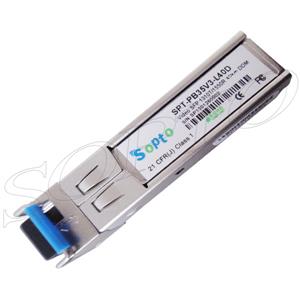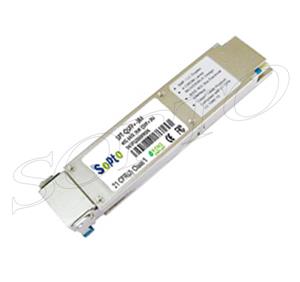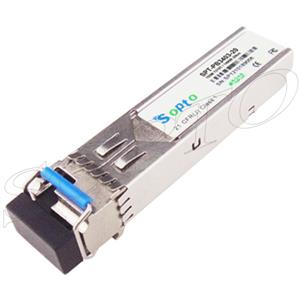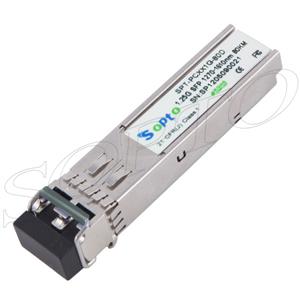-

- Sopto Home
-

- Special Topic
-

- Module Knowledge
-

- Fiber Optical Module Classification
Module Knowledge
- Tips for Buying 10G XFP Transceivers
- XFP Transceivers for Telecommunications
- Three Types of Ethernet SFP Transceiver Modules Introduction
- Info about High Density CXP Optical Module
- Multipurpose CFP Optical Modules
- Info about CFP Management Interface
- SFP+ Transceivers Short Range Module Overview
- 3 Reasons Every Network Needs GLC-LH-SM Transceiver
- Is the GLC-SX-MM Transceiver Right for Your Switch?
SOPTO Special Topic
Certificate



Guarantee
Except products belongs to Bargain Shop section, all products are warranted by SOPTO only to purchasers for resale or for use in business or original equipment manufacturer, against defects in workmanship or materials under normal use (consumables, normal tear and wear excluded) for one year after date of purchase from SOPTO, unless otherwise stated...
Return Policies
Defective products will be accepted for exchange, at our discretion, within 14 days from receipt. Buyer might be requested to return the defective products to SOPTO for verification or authorized service location, as SOPTO designated, shipping costs prepaid. .....
Applications
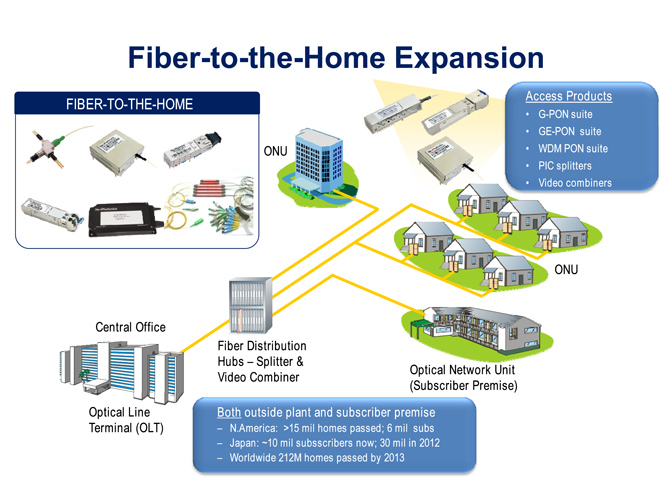 Fiber Optic Transceiver Modules can be applied to these occasions or fields.
Fiber Optic Transceiver Modules can be applied to these occasions or fields.
Ethernet
IPTV
FTTX
Security
Video Monitor
SDH/SONET
Data Communication
Storage Area Networks
SOPTO Products
- Fiber Optic Transceiver Module
- High Speed Cable
- Fiber Optical Cable
- Fiber Optical Patch Cords
- Splitter CWDM DWDM
- PON Solution
- FTTH Box ODF Closure
- PCI-E Network Card
- Network Cables
- Fiber Optical Adapter
- Fiber Optical Attenuator
- Fiber Media Converter
- PDH Multiplexers
- Protocol Converter
- Digital Video Multiplexer
- Fiber Optical Tools
- Compatible
Performance Feature
Stable
Low cost
Small size
Economic
Dust-proof
High speed
Hot-pluggable
Good EMI, EMC
Wide appliaction field
DDM function available
Long transmission distance
Good Anti-static performance
Module Knowledge
Recommended
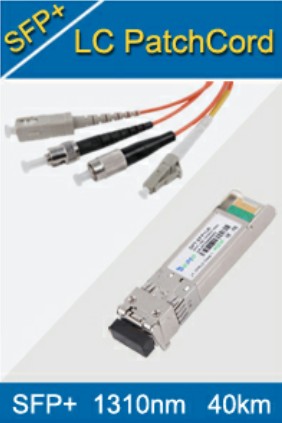
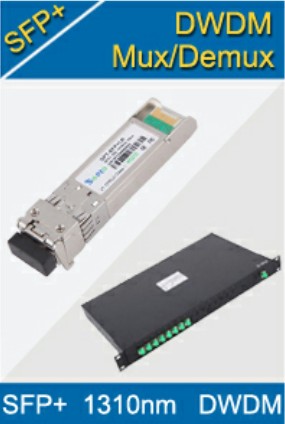
Package of Fiber Optic Transceiver
The fiber optical module was first produced in 1999; and the earliest fiber optical module is 1X9 package with SC connector, directly solidified in the communications equipment on the circuit board, as a fixed optical modules.
Fiber optical module is characterized by three sets of performance criteria: transceiver, receiver, and transmitter. The transmitter converts electrical signals into light signals, through the fiber optical transmission, the receiving end of the optical signals are converted into electric signals.
According to the optical module package, fiber optic transceivers can be divided into SFP, SFP+, XFP, GBIC, X2, XENPAK, QSFP+, PON, CSFP, CFP, 1X9 and SFF. Each package of fiber optic transceiver has its’ unique feature. Currently, SFP, SFP+, XFP and QSFP+ are the popular packages. They have been widely used in many fields, such as video communication filed, Aerospace, fiber to the home and so on.
High-speed fiber optic transceiver
Information can be transmitted from one device to another at a certain speed. Data rates are often measured in megabits (million bits) or megabytes (million bytes) per second. These are usually abbreviated as Mbps and MBps, respectively. With the development of society, people put forward a higher-speed requirement in the communication field. The data rate of the fiber optic transceiver has been reached to 40G or even 100G from 125M.
SOPTO supplies 125M, 155M, 1.25G, 2.125G, 2.488G/OC48, 3G, 4.25G, 4.9/6.1G, 8.5G, 10G and 40G fiber optic transceivers and so on.
Among them, the 155M Transceiver Modules products complies with the standard of SONET/SDH/PDH/ATM system interface with high-performance integrated module. 3G Video Transceiver Module are high performance, cost effective modules for Duplex video transmission application over single mode fiber. The 3GB/s HD digital video SFP transceiver is Designed for data rates from 50Mbps to 2.97Gbps and is specifically designed for robust performance in the Presence of SDI pathological patterns for SMPTE 259M, SMPTE 344M, SMPTE 292M and SMPTE 424M Serial rates.
Wavelength in optical fiber communication network
Wavelength is the distance between repeating units of a propagating wave of a given frequency. For light waves, this value is often given in nanometers, abbreviated as "nm". A nanometer is 0.000000001 meters.
For fiber optics with glass fibers, we use light in the infrared region which has wavelengths longer than visible light, typically around 850, 1300 and 1550 nm. Why do we use the infrared? Because the attenuation of the fiber is much less at those wavelengths. The attenuation of glass optical fiber is caused by two factors, absorption and scattering. Absorption occurs in several specific wavelengths called water bands due to the absorption by minute amounts of water vapor in the glass.
We often refer to wavelengths in fiber optics. The wavelengths we use for transmission must be the wavelengths we test for losses in our cable plants. Our power meters are calibrated at those wavelengths so we can test the networking equipment we install.
The three prime wavelengths for fiber optics, 850nm, 1310nm and 1550nm drive everything we design or test. NIST (the US National Institute of Standards and Technology) provides power meter calibration at these three wavelengths for fiber optics. Multimode fiber is designed to operate at 850 and 1300 nm, while single mode fiber is optimized for 1310 and 1550 nm. The difference between 1300 nm and 1310 nm is simply a matter of convention, harking back to the days when AT&T dictated most fiber optic jargon. Lasers at 1310 nm and LEDs at 1300 nm were used in single mode and multimode fiber respectively.
Recent telecom systems use wavelength-division multiplexing (WDM), either DWDM (dense WDM) or CWDM (coarse WDM). In these systems, lasers are chosen with precise wavelengths closely spaced - but not so close they interfere with each other - and transmitted simultaneously on a single fiber. It's just like the FM radio spectrum. WDM can use the full range of wavelengths between 1260 and 1670 nm in various bands.
For the fiber optic transceiver modules, the common wavelength includes 850nm, 1279nm, 1310nm, 1330nm, 1490nm, 1510nm, 1550nm and 1610nm. In the CWDM system, the wavelength range is from 1270nm to 1610nm, 20nm as a wave band. In the DWDM system, the wavelength range is also from 1270nm to 1610nm, but 0.8nm as a wave band.
Fiber optic transceiver module and transmission distance
The optical module transmission distance is divided into short, medium and long-range three kinds. Generally believed 2km and below is a short distance, the distance is 10 to 20km, 30km, 40km and over long distances.
The transmission distance of the optical module is restricted, mainly because there will be some loss and dispersion in the optical signal in optical fiber transmission. The loss is a light in the fiber transmission, energy loss due to the absorption of the medium optical scattering and leakage, this part of the energy with increasing transmission distance to a certain ratio of dissipation.
Dispersion happens mainly because of the different wavelengths of electromagnetic waves propagating in the same medium speed range, resulting in a different wavelength component of the optical signal due to the transmission distance and arrive at different times the receiving end, resulting in pulse broadening, and thus unable to distinguish between signals value. Therefore, the user needs to choose the right optical module according to their actual networking, to meet the different transmission distance requirements.
SOPTO provides 220m/300m/550m/2km/10km/20km/40km/60km/80km/120km fiber optic transceiver module with high quality and low cost to meet different networking demand.
Single mode fiber and multi-mode fiber introduction
Single mode fibers do exhibit modal dispersion resulting from multiple spatial modes but with narrower modal dispersion. Single mode fibers are therefore better at retaining the fidelity of each light pulse over longer distances than multi-mode fibers. For these reasons, single-mode fibers can have a higher bandwidth than multi-mode fibers. Equipment for single mode fiber is more expensive than equipment for multi-mode optical fiber, but the single mode fiber itself is usually cheaper in bulk.
A typical single mode optical fiber has a core diameter between 8 and 10.5 µm[2] and a cladding diameter of 125 µm. There are a number of special types of single-mode optical fiber which have been chemically or physically altered to give special properties, such as dispersion-shifted fiber and nonzero dispersion-shifted fiber. Data rates are limited by polarization mode dispersion and chromatic dispersion. As of 2005 data rates of up to 10 gigabits per second were possible at distances of over 80 km (50 mi) with commercially available transceivers (Xenpak). By using optical amplifiers and dispersion-compensating devices, state-of-the-art DWDM optical systems can span thousands of kilometers at 10 Gbit/s, and several hundred kilometers at 40 Gbit/s.
Multi-mode optical fiber is a type of optical fiber mostly used for communication over short distances, such as within a building or on a campus. Typical multimode links have data rates of 10 Mbit/s to 10 Gbit/s over link lengths of up to 600 meters (2000 feet) and 10 Gbit/s for 300m (1000 feet) — more than sufficient for the majority of premises applications.
The equipment used for communications over multi-mode optical fiber is less expensive than that for single-mode optical fiber. Typical transmission speed and distance limits are 100 Mbit/s for distances up to 2 km (100BASE-FX), 1 Gbit/s up to 1000 m, and 10 Gbit/s up to 550 m.
Because of its high capacity and reliability, multi-mode optical fiber generally is used for backbone applications in buildings. An increasing number of users are taking the benefits of fiber closer to the user by running fiber to the desktop or to the zone. Standards-compliant architectures such as Centralized Cabling and fiber to the telecom enclosure offer users the ability to leverage the distance capabilities of fiber by centralizing electronics in telecommunications rooms, rather than having active electronics on each floor. For the fiber optic transceiver module, it also can be divided into SM module and MM module according to its’ fiber type.
Other type of fiber optic transceiver
For other features, the fiber optic transceiver also can be divided into other different class. Some fiber optic transceiver modules are designed with DDM function, but some not. Some is used in CWDM, but some is used in DWDM or bi-direction (WDM).
Most fiber optic transceiver modules supplied by SOPTO support DDM. Additionally, there is copper fiber optic transceiver. Most fiber optic transceivers supplied by SOPTO support Fibre Channel, LTE, SDH/SONET, CPRI and OBSAI applications.
You May Want to Know:
You May Like:






